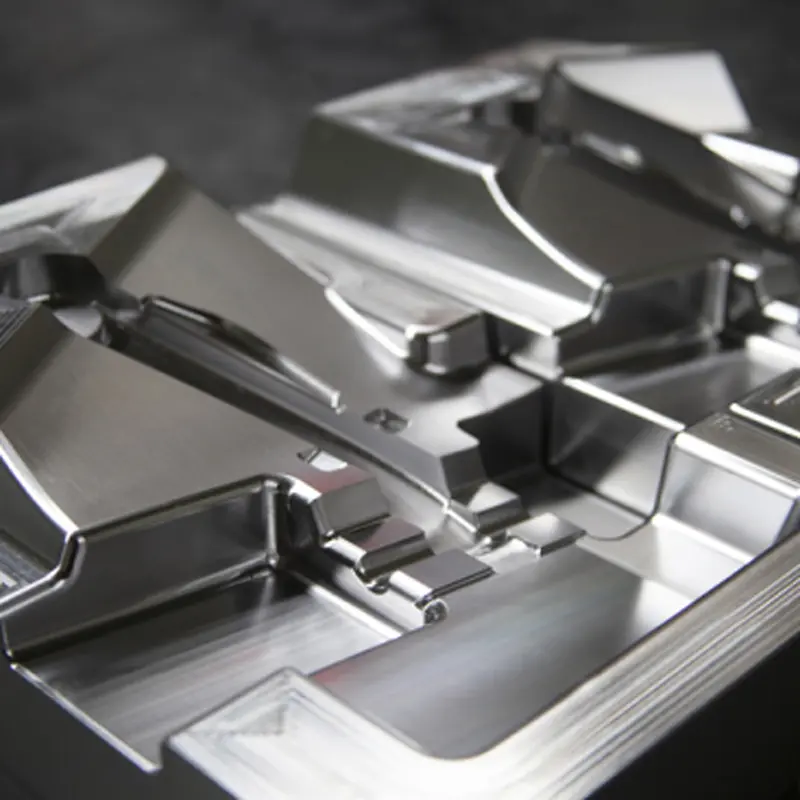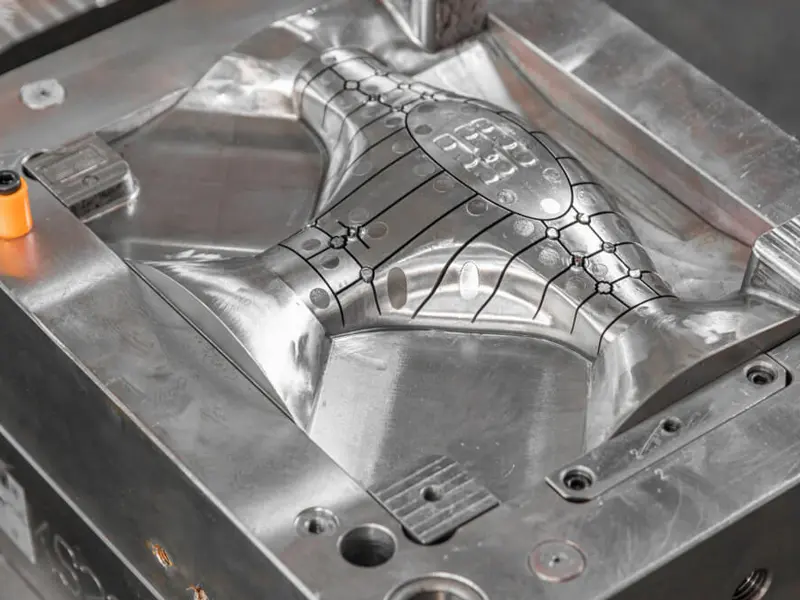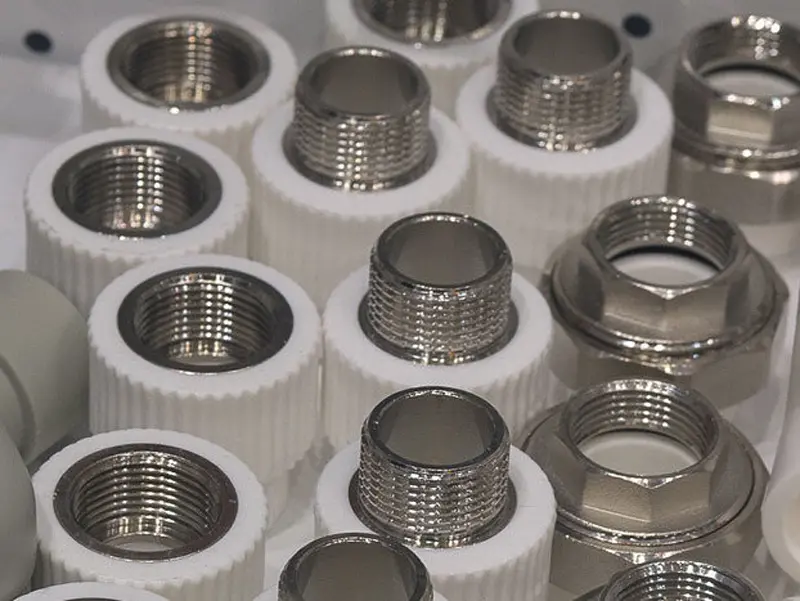what materials can be printed with a 3d printer
What materials can be printed with a 3d printer? 3D printers can print a wide variety of materials, depending on the specific printer and its capabilities. Here are some of the most common materials that can be used with 3D printers:
Plastics: The most commonly used materials for 3D printing are various types of plastics. These include thermoplastics like acrylonitrile butadiene styrene (ABS), polylactic acid (PLA), nylon, and polyethylene terephthalate glycol (PETG). These materials are often chosen for their durability, ease of use, and low cost.
Resins: Stereolithography (SLA) and digital light processing (DLP) 3D printers use photopolymer resins that cure when exposed to light. These resins can produce highly detailed and smooth parts with excellent surface finish. However, they can be more expensive and require additional post-processing steps, such as cleaning and curing.
Metals: Some 3D printers are capable of printing with metals, including stainless steel, titanium, aluminum, and even gold and silver. Metal 3D printing, often referred to as additive manufacturing (AM) for metals, can produce complex, high-performance parts with excellent strength and durability. However, metal 3D printing can be expensive and require specialized equipment and expertise.
Ceramics: Ceramic materials can also be used in 3D printing, though this is less common than plastics and resins. Ceramic 3D printing can produce parts with high heat resistance and excellent durability, making it suitable for applications such as aerospace, automotive, and medical implants.
Composites: Some 3D printers are capable of printing with composite materials, which are a combination of two or more materials with different properties. These composites can offer a unique combination of strength, stiffness, and lightweightness, making them ideal for specific applications.
Food: While less common, some 3D printers are designed specifically for printing with food materials, such as chocolate, sugar, and even meat. These printers can create intricate and customizable designs for food items, offering new opportunities in the culinary arts.
Biomaterials: 3D printing is also being used in the medical field to print with biomaterials, such as living cells and biomimetic materials. These materials can be used to create tissue scaffolds, medical implants, and even entire organs, offering new possibilities in regenerative medicine.
It's important to note that the specific materials that can be used with a 3D printer depend on the type of printer and its capabilities. Different printers may be designed to work with specific materials or material types, so it's important to choose a printer that can handle the materials you need for your project.
Related searches: Kinds Of 3d Printers Design Of 3d Printer Abs Material In 3d Printing







